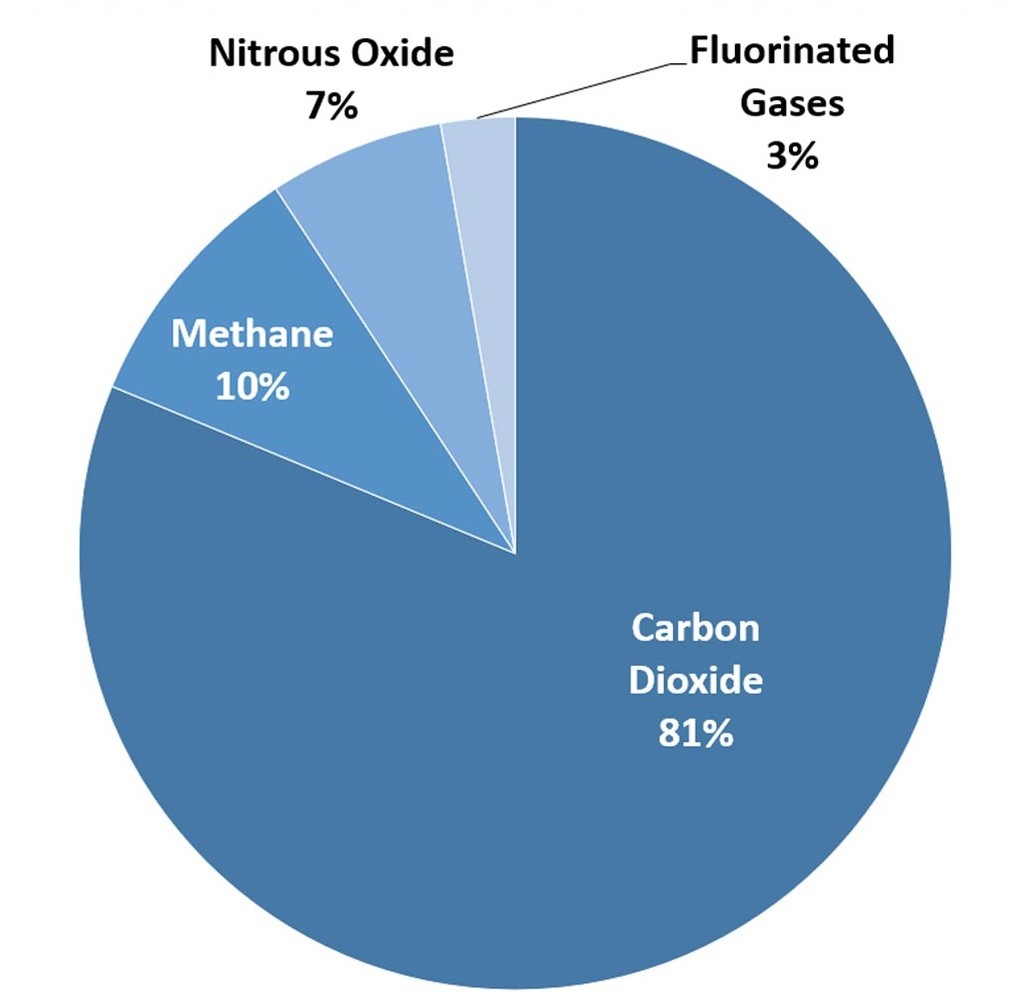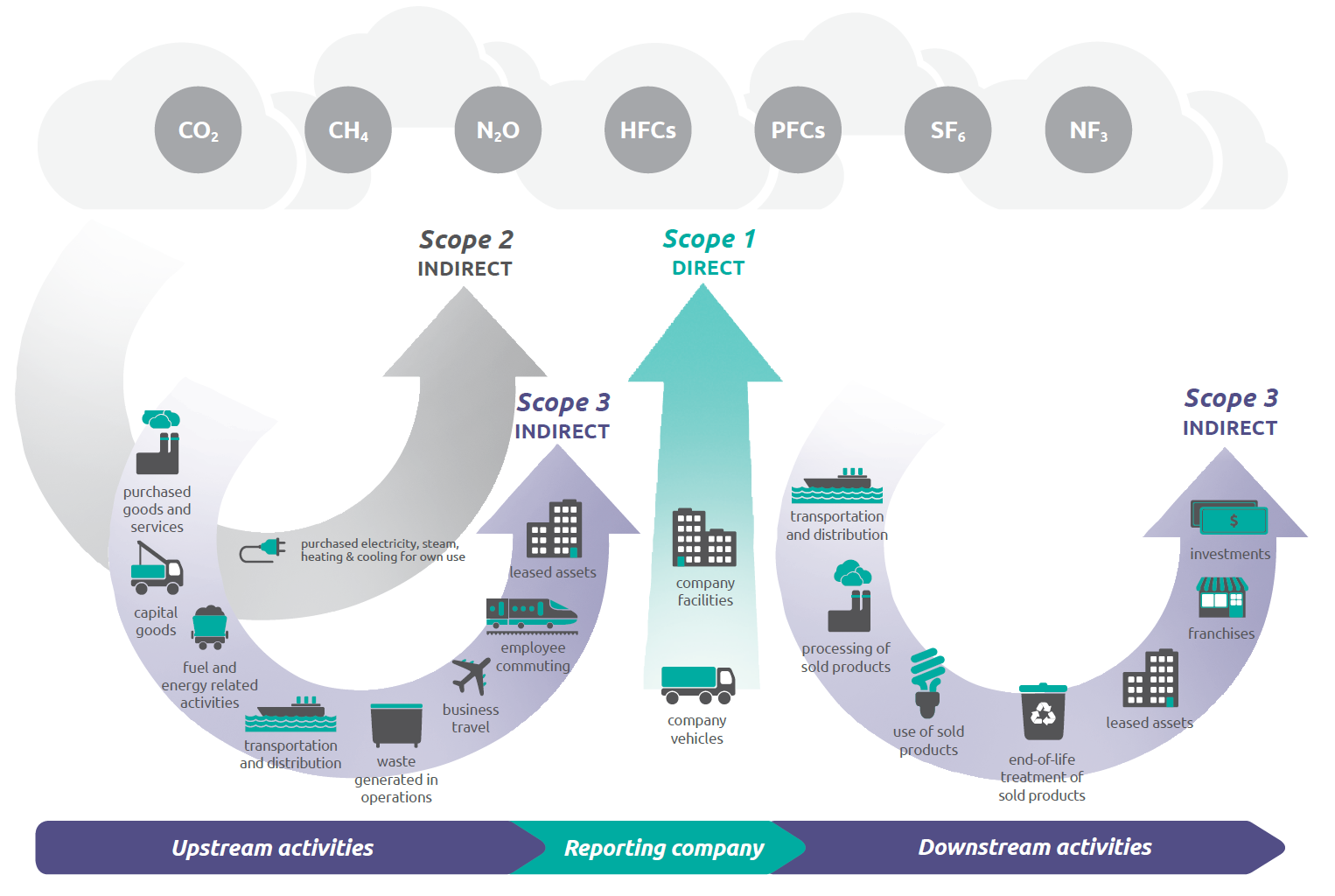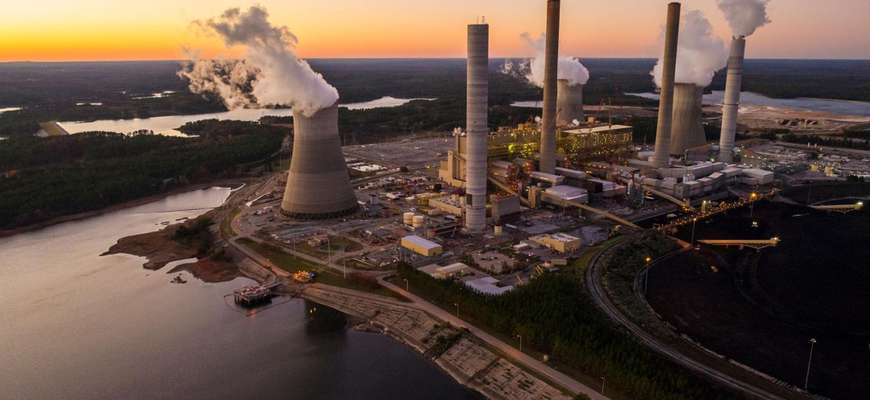Everything you need to know about Greenhouse Gas (GHG) Emissions
Are you confused about Greenhouse Gas (GHG) emissions? You have heard a lot but you don't know what are they and how they are categorized? If that is the case for you, you are not alone, and I keep getting questions about these topics. Therefore, I decided to write a short article in very easy words to bring some clarity.
First, let’s describe what are GHG gases which cause global warming. They are in 4 main categories (please note that there are many other ways of categorizing but this seems to be the most straight forward way).
- Carbon dioxide (CO2): Carbon dioxide enters the atmosphere through burning fossil fuels (coal, natural gas, and oil), solid waste, trees and other biological materials, and also as a result of certain chemical reactions (e.g., manufacture of cement). Carbon dioxide is removed from the atmosphere (or "sequestered") when it is absorbed by plants as part of the biological carbon cycle.
- Methane (CH4): Methane is emitted during the production and transport of coal, natural gas, and oil. Methane emissions also result from livestock and other agricultural practices and by the decay of organic waste in municipal solid waste landfills.
- Nitrous oxide (N2O): Nitrous oxide is emitted during agricultural and industrial activities, combustion of fossil fuels and solid waste, as well as during treatment of wastewater.
- Fluorinated gases: Hydrofluorocarbons (HFCs), perfluorocarbons (PFCs), sulfur hexafluoride (SF6), and nitrogen trifluoride (NF3) are synthetic, powerful greenhouse gases that are emitted from a variety of industrial processes. Fluorinated gases are sometimes used as substitutes for stratospheric ozone-depleting substances (e.g., chlorofluorocarbons, hydrochlorofluorocarbons, and halons). These gases are typically emitted in smaller quantities, but because they are potent greenhouse gases, they are sometimes referred to as High Global Warming Potential gases ("High GWP gases").
The following figure shows the share of each type of the gases above in the world in 2018 (Percentages may not add up to 100% due to independent rounding).

As you can see, more than 80% of the GHG is CO2, but do they all have the same weight? is there anyway to make them easy and bring them to one single measure? The answer is of couse, YES! Carbon dioxide equivalent (CO2e or CO2eq or CO2-e) is calculated from Global Warming Potential (GWP). It can be measured in weight or concentration. For any amount of any gas, it is the amount of CO2 which would warm the earth as much as that amount of that gas. Thus, it provides a common scale for measuring the climate effects of different gases. It is calculated as GWP times amount of the other gas.
As weight, CO2e is the weight of CO2 which would warm the earth as much as a particular weight of some other gas; it is calculated as GWP times weight of the other gas. For example, if a gas has GWP of 100, two tons of the gas have CO2e of 200 tons, and 9 tons of the gas has CO2e of 900 tons. The following table shows GWP for all GHG gasses define above. It is worth mentioning that based on World Bank report, the world global GHG emissions is 54 GtCO2e.

The Greenhouse Gas Protocol (GHG Protocol) is the most widely used international accounting tool for government and business leaders to understand, quantify, and manage greenhouse gas emissions. This protocol is fairly sophisticated and built on a 20-year partnership between World Resources Institute (WRI) and the World Business Council for Sustainable Development (WBCSD), GHG Protocol works with governments, industry associations, NGOs, businesses and other organizations. The GHG Protocol is divided in three scopes as described in the figure below.

As shown above, Scope 1 covers direct emissions from owned or controlled sources. Scope 2 covers indirect emissions from the generation of purchased electricity, steam, heating and cooling consumed by the reporting company. Scope 3 includes all other indirect emissions that occur in a company's value chain which is described in here.
For many companies, more than 80% of their GHG impacts occur outside of their own operations. However, quantification and reporting of value chain emissions can be a time intensive task and many companies just don’t know where to start. There is a good tool to seek to reduce barriers to uptake of the standard and encourage the use of the standard to improve management of companies’ value chain GHG emissions. The tool is available in here.
Scope 3 is the Future As momentum builds for a low-carbon future, world governments and businesses alike are expected to embrace rigor and transparency when addressing their own carbon footprint. For major companies, tackling value chain emissions can reap the biggest rewards, with stakeholders and climate advocates.

